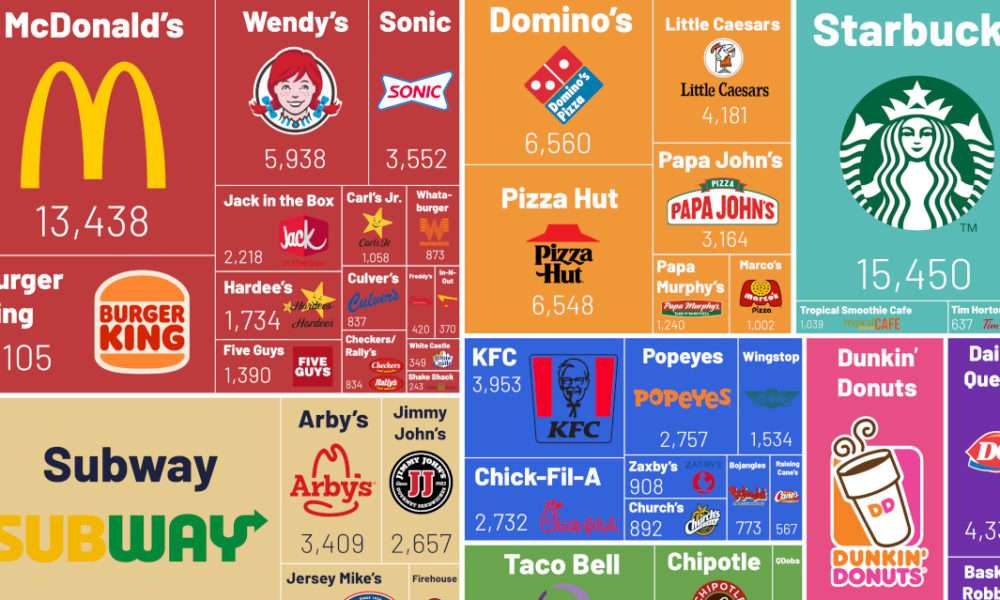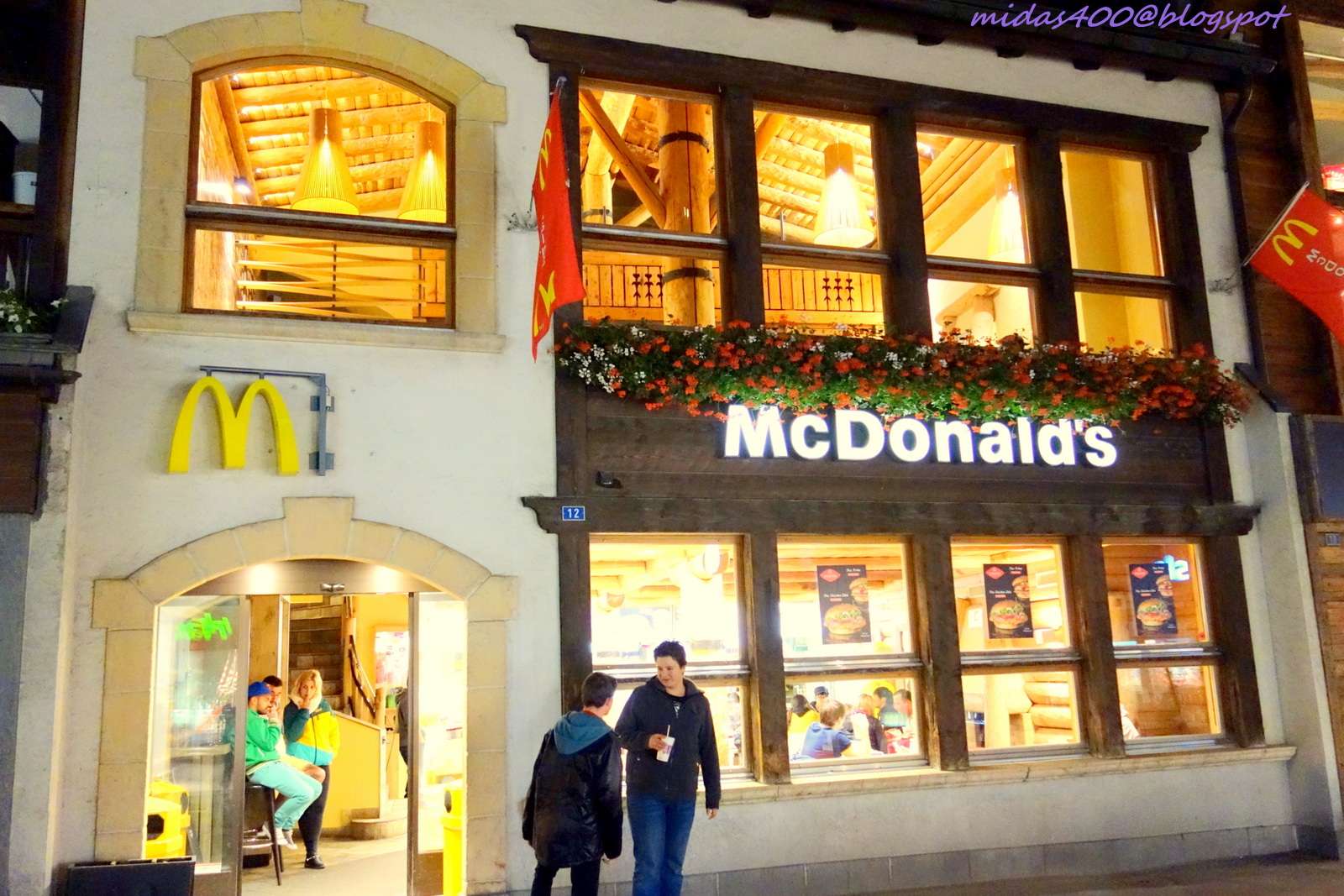The Quick Service Restaurant (QSR) industry in North America is a vital component of the region’s foodservice sector, known for its convenience, affordability, and wide range of dining options. This report provides an overview of the QSR industry in North America, covering market size, key players, emerging trends, and challenges.
Market Size and Growth
The QSR industry in North America is substantial, with a diverse array of chains catering to a wide range of tastes and preferences. According to industry reports, the North American fast-food market was valued at over USD 250 billion in 2020, with steady growth expected in the coming years.
Key Players
The North American QSR landscape is dominated by several major players, including iconic brands such as McDonald’s, Subway, KFC, Burger King, and Taco Bell. These chains have established extensive networks of outlets across the region, leveraging their brand recognition and operational efficiency to capture market share.
Market Dynamics
Several factors influence the dynamics of the QSR industry in North America, including consumer preferences, economic conditions, technological advancements, and regulatory environments. In recent years, there has been a growing emphasis on health and wellness, sustainability, and digital innovation within the industry, prompting QSR chains to adapt their offerings and strategies accordingly.
Emerging Trends
Several emerging trends are shaping the future of the QSR industry in North America:
- Healthier Menu Options: Consumers are increasingly seeking healthier and more nutritious dining options, leading QSR chains to introduce items such as salads, wraps, and plant-based alternatives.
- Digital Transformation: The adoption of digital technology, including mobile ordering, delivery apps, and self-service kiosks, has revolutionized the QSR customer experience, enabling greater convenience and personalization.
- Sustainability Initiatives: QSR chains are implementing sustainability initiatives, including eco-friendly packaging, waste reduction programs, and sustainable sourcing practices, to address environmental concerns and meet consumer expectations.
- Menu Innovation: QSR chains are continuously innovating their menus to stay relevant and differentiate themselves in the market, introducing new flavors, limited-time offers, and collaborations with celebrity chefs or brands.
Challenges
Despite opportunities for growth and innovation, the QSR industry in North America faces several challenges, including intense competition, regulatory compliance, supply chain disruptions, and changing consumer preferences. QSR chains must navigate these challenges while maintaining operational efficiency and brand relevance.
Conclusion
In conclusion, the Quick Service Restaurant industry in North America is a dynamic and competitive sector, characterized by innovation, adaptation, and evolving consumer preferences. By embracing emerging trends, addressing challenges, and leveraging technology, QSR chains can continue to thrive and meet the needs of consumers in the region.



